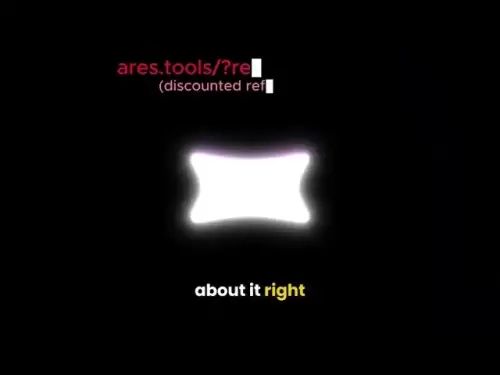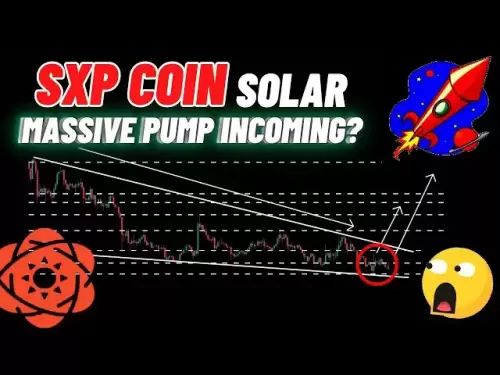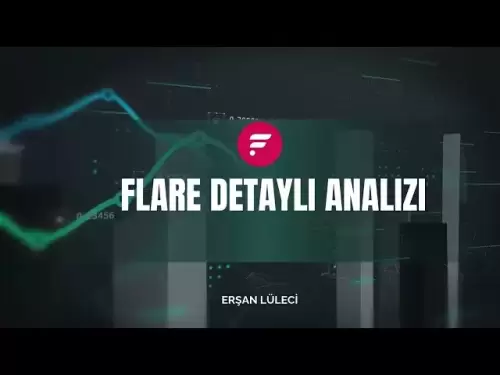-
 Bitcoin
Bitcoin $117500
2.04% -
 Ethereum
Ethereum $3759
3.02% -
 XRP
XRP $3.171
3.30% -
 Tether USDt
Tether USDt $1.000
0.03% -
 BNB
BNB $782.4
2.52% -
 Solana
Solana $187.2
5.62% -
 USDC
USDC $0.0000
0.02% -
 Dogecoin
Dogecoin $0.2380
5.26% -
 TRON
TRON $0.3175
1.07% -
 Cardano
Cardano $0.8227
4.03% -
 Hyperliquid
Hyperliquid $44.50
5.44% -
 Sui
Sui $4.020
10.07% -
 Stellar
Stellar $0.4396
6.28% -
 Chainlink
Chainlink $18.32
4.55% -
 Hedera
Hedera $0.2628
10.71% -
 Bitcoin Cash
Bitcoin Cash $554.8
4.90% -
 Avalanche
Avalanche $24.20
4.60% -
 Litecoin
Litecoin $113.7
2.31% -
 Shiba Inu
Shiba Inu $0.00001413
5.99% -
 UNUS SED LEO
UNUS SED LEO $8.984
0.11% -
 Toncoin
Toncoin $3.326
7.22% -
 Ethena USDe
Ethena USDe $1.001
0.00% -
 Uniswap
Uniswap $10.49
4.56% -
 Polkadot
Polkadot $4.092
4.02% -
 Monero
Monero $326.6
1.30% -
 Dai
Dai $1.000
-0.01% -
 Bitget Token
Bitget Token $4.570
2.49% -
 Pepe
Pepe $0.00001267
5.10% -
 Aave
Aave $297.3
3.10% -
 Cronos
Cronos $0.1344
4.10%
What is mark price vs last price on Gate.io?
Gate.io uses mark price—a fair value from multiple exchanges—to prevent unfair liquidations, while last price shows real-time trades but can be volatile.
Jul 26, 2025 at 03:16 am
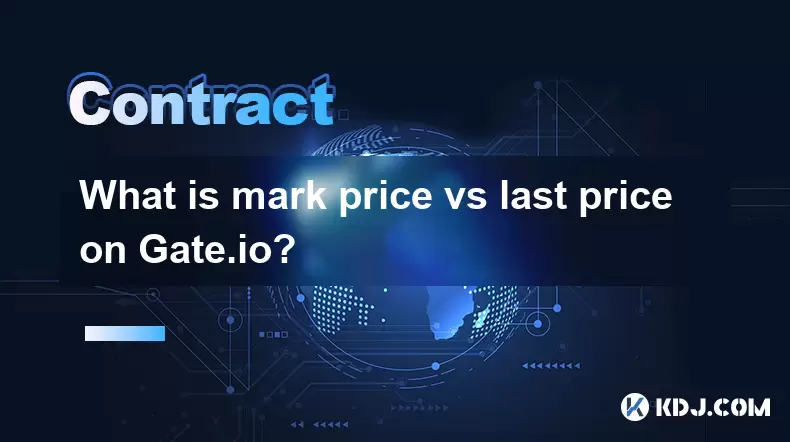
Understanding Mark Price on Gate.io
Mark price on Gate.io is a critical concept for traders, especially those involved in perpetual futures contracts. Unlike the last traded price, which reflects the most recent transaction, the mark price is an index-based value designed to represent the fair value of a contract. This prevents market manipulation and ensures that liquidations occur based on realistic market conditions rather than temporary price spikes. Gate.io calculates the mark price by pulling data from multiple spot exchanges and applying a time-weighted average. This method ensures that the price remains stable and resistant to sudden, artificial fluctuations. For example, if a large sell order temporarily pushes the last price down, the mark price will remain relatively unchanged, avoiding unfair liquidations.
What Is Last Price?
The last price on Gate.io refers to the actual price at which the most recent trade was executed on the platform. It’s a real-time indicator of market activity and reflects immediate supply and demand dynamics. Traders often use the last price to gauge sentiment or to set entry and exit points. However, because it’s based solely on the latest transaction, it can be volatile—especially in low-liquidity markets or during periods of high volatility. For instance, if a whale places a massive market order, the last price might spike or drop sharply, even if the broader market hasn’t shifted. This makes it less reliable for determining contract value in derivatives trading.
Why Does Gate.io Use Both Prices?
Gate.io employs both mark price and last price to ensure fairness and transparency in its derivatives market. The mark price serves as the reference for liquidation and profit/loss calculations, while the last price shows real-time trading activity. This dual-pricing system helps prevent scenarios where traders are unfairly liquidated due to short-term price manipulation or slippage. For example, if a trader holds a long position and the last price dips momentarily due to a large sell order, their position won’t be liquidated as long as the mark price remains stable. This separation protects users from predatory trading tactics and maintains platform integrity.
How to View Mark Price vs Last Price on Gate.io Interface
- Navigate to the futures trading section on Gate.io
- Select any perpetual contract (e.g., BTC/USDT)
- Look at the top of the chart—both mark price and last price are displayed side by side
- The mark price is usually shown in a neutral color like gray or blue, while the last price appears in green or red depending on direction
- Hover over the price area to see a tooltip that explains the difference
- In the position panel, you’ll see unrealized P&L calculated using the mark price, not the last price
This layout ensures traders can monitor both values simultaneously and make informed decisions based on accurate data.
Impact on Liquidation and Funding Rates
Liquidation on Gate.io uses the mark price, not the last traded price. This means your position will only be liquidated if the fair market value (as determined by the index) reaches your liquidation threshold—not if the last price briefly touches it. This design is essential for risk management. Similarly, funding rates—paid between long and short positions every 8 hours—are also based on the difference between the mark price and the last price. If the last price is significantly higher than the mark price, longs pay shorts; if lower, shorts pay longs. This mechanism aligns perpetual contract prices with the underlying spot market over time.Common Misconceptions About Mark Price
Some traders assume the mark price is just an average of the last few trades—it is not. It’s an independently calculated index using external spot exchange data. Others believe that if the last price moves, the mark price must follow immediately—it does not. The mark price updates more slowly to filter out noise. Another myth is that mark price is controlled by Gate.io—it isn’t. Gate.io uses transparent, publicly available data from reputable exchanges like Binance, Coinbase, and Kraken to compute it. Understanding these distinctions prevents confusion during volatile trading sessions.Frequently Asked Questions
Q: Can I trade based on the mark price?
No, you cannot execute trades at the mark price. It’s a reference value used for risk management. Your orders are filled at the last traded price or your specified limit price.Q: Why is my unrealized P&L changing even when the last price isn’t moving much?
Because P&L is calculated using the mark price, which updates continuously based on external spot data. Even if the last price is flat, the mark price may shift slightly due to changes in the index.Q: Does the mark price affect my entry or exit prices?
No. Your entry and exit prices are determined by the last traded price or your limit order settings. The mark price only affects liquidation levels and funding rate calculations.Q: How often is the mark price updated on Gate.io?
The mark price updates every few seconds using real-time data from connected spot exchanges. It’s not a delayed or static value—it dynamically reflects fair market conditions.
Disclaimer:info@kdj.com
The information provided is not trading advice. kdj.com does not assume any responsibility for any investments made based on the information provided in this article. Cryptocurrencies are highly volatile and it is highly recommended that you invest with caution after thorough research!
If you believe that the content used on this website infringes your copyright, please contact us immediately (info@kdj.com) and we will delete it promptly.
- Pi Coin, Wallet Features, and Coinbase: What's the Buzz?
- 2025-07-26 18:30:12
- Worldcoin, Punisher Coin, and the Meme Coin Mania: What's the Haps?
- 2025-07-26 18:30:12
- Dogecoin Trajectory: From Meme to Mainstream and Beyond in Crypto
- 2025-07-26 17:10:14
- LasMeta, Pyth Network, NovaDrop NFTs: Decoding the Buzz
- 2025-07-26 16:30:12
- SHIB Long/Short: Riding the Shiba Inu Waves Like a Pro
- 2025-07-26 17:50:12
- VeChain (VET) Price Prediction: Will VET Reach $0.040 in August 2025?
- 2025-07-26 16:50:12
Related knowledge

Why is my Bitstamp futures position being liquidated?
Jul 23,2025 at 11:08am
Understanding Futures Liquidation on BitstampFutures trading on Bitstamp involves borrowing funds to open leveraged positions, which amplifies both po...

Does Bitstamp offer inverse contracts?
Jul 23,2025 at 01:28pm
Understanding Inverse Contracts in Cryptocurrency TradingIn the realm of cryptocurrency derivatives, inverse contracts are a specific type of futures ...

How to find your Bitstamp futures trade history?
Jul 23,2025 at 08:07am
Understanding Bitstamp and Futures Trading AvailabilityAs of the current state of Bitstamp’s service offerings, it is critical to clarify that Bitstam...

Can I use a trailing stop on Bitstamp futures?
Jul 23,2025 at 01:42pm
Understanding Trailing Stops in Cryptocurrency TradingA trailing stop is a dynamic type of stop-loss order that adjusts automatically as the price of ...

Can I use a trailing stop on Bitstamp futures?
Jul 25,2025 at 02:28am
Understanding Trailing Stops in Cryptocurrency Futures TradingA trailing stop is a dynamic type of stop-loss order that adjusts automatically as the m...
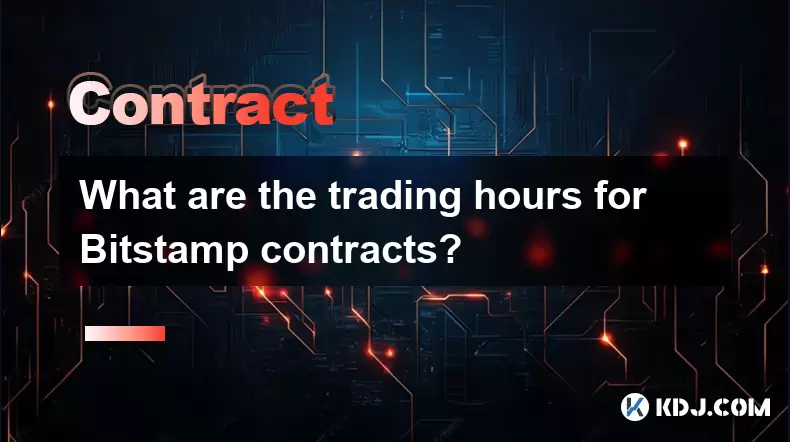
What are the trading hours for Bitstamp contracts?
Jul 24,2025 at 11:56am
Understanding Bitstamp and Contract Trading AvailabilityBitstamp is one of the longest-standing cryptocurrency exchanges, established in 2011 and head...

Why is my Bitstamp futures position being liquidated?
Jul 23,2025 at 11:08am
Understanding Futures Liquidation on BitstampFutures trading on Bitstamp involves borrowing funds to open leveraged positions, which amplifies both po...

Does Bitstamp offer inverse contracts?
Jul 23,2025 at 01:28pm
Understanding Inverse Contracts in Cryptocurrency TradingIn the realm of cryptocurrency derivatives, inverse contracts are a specific type of futures ...

How to find your Bitstamp futures trade history?
Jul 23,2025 at 08:07am
Understanding Bitstamp and Futures Trading AvailabilityAs of the current state of Bitstamp’s service offerings, it is critical to clarify that Bitstam...

Can I use a trailing stop on Bitstamp futures?
Jul 23,2025 at 01:42pm
Understanding Trailing Stops in Cryptocurrency TradingA trailing stop is a dynamic type of stop-loss order that adjusts automatically as the price of ...

Can I use a trailing stop on Bitstamp futures?
Jul 25,2025 at 02:28am
Understanding Trailing Stops in Cryptocurrency Futures TradingA trailing stop is a dynamic type of stop-loss order that adjusts automatically as the m...

What are the trading hours for Bitstamp contracts?
Jul 24,2025 at 11:56am
Understanding Bitstamp and Contract Trading AvailabilityBitstamp is one of the longest-standing cryptocurrency exchanges, established in 2011 and head...
See all articles





















